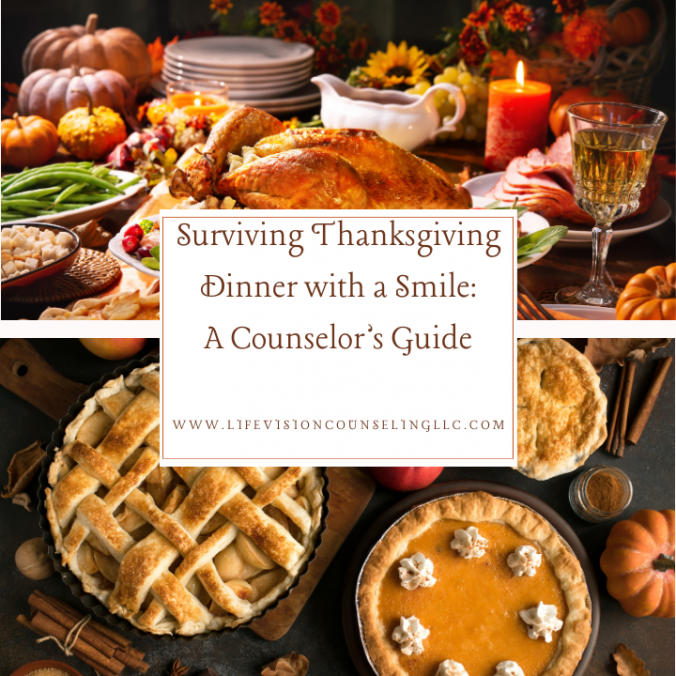The Mexican Fisherman Parable: A Lesson in Living Intentionally
There’s a well-known story about a Mexican fisherman and an American businessman that offers a powerful lesson about what it means to live a fulfilling life. If you’ve never heard it—or even if you have—it’s worth revisiting, as its wisdom challenges us to rethink success, happiness, and how we spend our time.
The Parable
A wealthy American businessman was vacationing in a small coastal village in Mexico. One afternoon, he watched as a local fisherman returned with his small boat, carrying several large fish. The businessman complimented the fisherman on his catch and asked how long it had taken him to catch the fish.
“Only a little while,” the fisherman replied.
The businessman asked why he didn’t stay out longer and catch more fish.
The fisherman smiled. “This is enough to feed my family,” he said.
The businessman asked, “But what do you do with the rest of your time?”
“I sleep late, fish a little, play with my children, take a siesta with my wife, and stroll into the village each evening to sip wine and play guitar with my friends. I have a full and happy life.”
The businessman scoffed. “I can help you make so much more of your life! You should spend more time fishing. With the extra fish, you could buy a bigger boat. Eventually, you could buy several boats and hire people to work for you. Before long, you could own an entire fleet. Then you could open a fish processing plant, expand internationally, and build a thriving business.”
The fisherman asked, “And then what?”
The businessman grinned. “Then you could sell your company for millions and retire!”
“And what would I do when I retire?”
The businessman said, “You could move to a small coastal village, sleep late, fish a little, play with your grandchildren, take siestas with your wife, and stroll into the village each evening to sip wine and play guitar with your friends.”
The fisherman smiled and said, “But I’m already doing that.”
The Lessons of the Parable
This parable invites us to reflect on what we truly value and how we define success. Let’s explore its deeper messages.
1. Happiness Isn’t in the Future
The businessman’s vision of success required decades of hard work and sacrifice to eventually “buy” a life the fisherman already had. It reminds us that happiness doesn’t always require more money, power, or status. Often, it comes from appreciating what we already have.
2. Success Is Subjective
For the businessman, success meant building an empire and amassing wealth. For the fisherman, success meant spending time with his family, enjoying simple pleasures, and living a life of balance. Neither definition is inherently right or wrong—but the story challenges us to define success on our own terms, not based on societal expectations.
3. Beware of the Rat Race
The businessman’s plan highlights the trap of endlessly pursuing “more.” In chasing bigger goals, we risk losing sight of what we’re actually working toward. The fisherman’s simple life demonstrates that contentment is often found in the present moment, not at the end of a long climb up the ladder.
4. Wealth Isn’t the Only Currency
Time, relationships, and joy are also forms of wealth. The fisherman prioritized these over financial gain, showing us that a rich life isn’t necessarily one filled with material abundance—it’s one filled with meaningful experiences.
How to Apply the Parable to Your Life
1. Define Your Own Version of Success
What does a fulfilling life look like for you? Take time to reflect on what truly matters—whether it’s time with family, creative pursuits, travel, or simply enjoying the present moment.
2. Align Your Actions with Your Values
Once you’ve clarified your priorities, evaluate how you spend your time. Are you chasing goals that align with your values, or are you pursuing someone else’s version of success?
3. Practice Gratitude for What You Have
Contentment often comes from appreciating what’s already in front of you. Pause to notice the simple joys in your daily life, whether it’s a quiet moment with a loved one, a beautiful sunset, or the satisfaction of doing something you love.
4. Resist the Pressure for “More”
In a culture that glorifies hustle and accumulation, it’s easy to feel like you’re not doing enough. The fisherman reminds us that “enough” is a powerful word. Ask yourself: What do I already have that brings me joy and fulfillment?
5. Embrace the Present Moment
The fisherman didn’t need to wait for retirement to enjoy his life—he was already living it. Take inspiration from his approach by finding ways to slow down, savor the present, and prioritize balance in your daily routine.
A Final Thought
The Mexican fisherman parable is a beautiful reminder that a fulfilling life doesn’t have to be complicated. It’s not about chasing a distant dream or achieving more; it’s about finding joy in the here and now.
So, ask yourself: “What would make my life feel full today?” Chances are, the answer isn’t far away—it’s already within reach.
—
Feeling Out of Balance?
If you’re struggling to align your life with what truly matters, therapy can help. Together, we can explore your values, clarify your priorities, and create a life that feels fulfilling and meaningful today. Reach out today to start the conversation!


